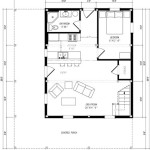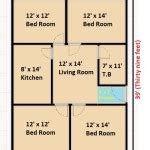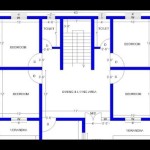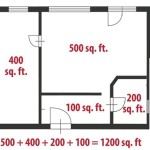How to Design and Plan the Perfect House Foundations
Building a house is a significant endeavor, and one of the most important aspects to consider is the foundation. The foundation is the base of your home, and it provides support and stability for the entire structure. If the foundation is not properly designed and constructed, it can lead to serious problems down the road.
There are several different types of house foundations, each with its advantages and disadvantages. The most common type of foundation is a concrete slab foundation. This type of foundation is relatively inexpensive to build, and it is suitable for most types of soil. However, slab foundations are not as strong as other types of foundations, and they can be more susceptible to cracking.
Another type of foundation is a crawl space foundation. This type of foundation is raised above the ground, and it provides a space for crawlspace where you can access utilities and make repairs. Crawl space foundations are more expensive to build than slab foundations, but they are also stronger and more durable. Crawlspace foundations good for areas with cold climates.
The third type of foundation is a basement foundation. This type of foundation is built below the ground, and it provides a basement that can be used for storage or living space. Basement foundations are the most expensive to build, but they are also the strongest and most durable. Basement foundations are good for areas with warm climates.
When choosing a type of foundation for your home, there are several factors to consider, including the type of soil, the climate, and the size and style of your home. It is important to consult with a qualified contractor to determine the best type of foundation for your specific needs.
Once you have chosen a type of foundation, you will need to design and plan the layout. The layout of the foundation will depend on the size and shape of your home. It is important to make sure that the foundation is large enough to support the weight of your home, and that it is properly reinforced to prevent cracking.
The next step is to construct the foundation. The construction of the foundation will depend on the type of foundation you have chosen. However, there are some general steps that are involved in all types of foundation construction. These steps include excavating the foundation area, pouring the concrete, and curing the concrete.
Once the foundation is complete, you can begin building the rest of your home. The foundation is the most important part of your home, so it is important to take the time to design and plan it properly.
Additional Tips for Designing and Planning House Foundations
Here are some additional tips for designing and planning house foundations:
By following these tips, you can design and plan a perfect house foundation that will provide your home with the support and stability it needs for many years to come.

What Is Included In A Set Of Working Drawings Best Ing House Plans By Mark Stewart Home Design

How To Design A Home 7 Steps Your Dream Foyr

3 Most Popular House Foundations Reinbrecht Homes

Types Of House Foundation Forbes Home

3 Bedroom House Plans Your Guide To Perfect Home Design

A Step By Guide To The Home Building Process Newhomesource

3 Bedroom House Plans Your Guide To Perfect Home Design

A Step By Guide To The Home Building Process Newhomesource

What This House Plan Contains Building

House Plans The Best And Barndominium Designs 2024
Related Posts








